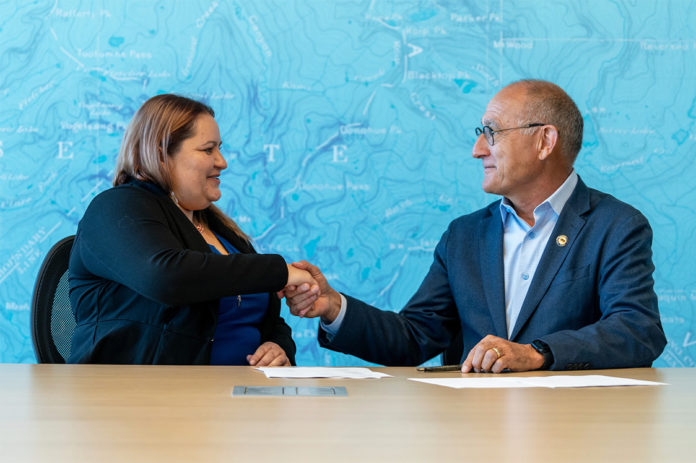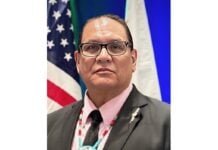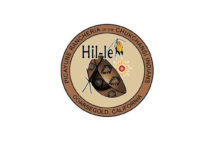
SACRAMENTO, CA – The Yurok Tribe and California State Parks have signed a far-reaching agreement to facilitate the cooperative management, conservation and interpretation of traditional and natural resources on state park lands within Yurok ancestral territory.
As a result of the landmark global memorandum of understanding (MOU) and traditional tribal gathering agreement, Yurok Tribe citizens with a tribal identification card can now access state parks inside of the North Coast Redwoods District and within Yurok ancestral territory to:
- Gather plants and minerals (without applying for a permit)
- Participate in tribal activities such as religious, spiritual, ceremonial, recreation, and research
Additionally, the agreement aims to reintegrate the Yurok Tribe’s traditional ecological knowledge into the management of natural resources within the parks.
“I would like to thank California State Parks Director Armando Quintero and North Coast Redwoods District Superintendent Victor Bjelajac for taking action to correct this longstanding injustice,” said Yurok Tribal Chairman Joseph L. James. “We’d also like to thank Sabine Talaugon, the Tribal Affairs Program Manager, who worked closely with our staff on the final MOU. The agreement ensures that our traditions and culture, as well as our traditional ecological knowledge, will continue to be passed from one generation to the next. The reintegration of tribal land management practices is essential to the long term health of the redwood forest ecosystem.”
“State Parks is honored to build upon our relationship with the Yurok Tribe towards collaborative management and shared stewardship,” said California State Parks Director Armando Quintero. “When the Yurok Tribe and other California Native American tribal nations can access their ancestral lands and continue their cultural traditions and practices, all Californians will inevitably benefit.”
On the coast, the Yurok Tribe’s ancestral territory extends from Damnation Creek in Del Norte County to the Little River in Humboldt County. The agreement applies to the following park lands: Sue-meg State Park, Prairie Creek Redwoods State Park, Humboldt Lagoons State Park, Del Norte Coast Redwoods State Park (south of Damnation Creek), Trinidad State Beach and the Harry A. Merlo State Recreation Area. Previously, Yurok citizens were required to acquire a permit from park representatives in Sacramento to harvest natural materials for ceremonial regalia, traditional basketry and plant medicines. The new agreement removes this barrier and creates a much more streamlined system.
“The agreement represents truth and healing in action,” said Yurok Vice Chairman Frankie Myers, who is an appointed member of California’s Truth and Healing Council.
“This MOU further strengthens our shared stewardship/management of parks within the North Coast Redwoods District [part of the State Park System],” said North Coast Redwoods District Superintendent Victor Bjelajac. “This agreement acknowledges the ancestral lands of the Yurok Tribe and welcomes traditional cultural practitioners in search of materials and contemporary ceremonial practices home again.”
The agreement would not be possible without California Governor Gavin Newsom’s Executive Order N-15-19, which acknowledged the state’s “prejudicial policies against California Native Americans.” The paradigm-shifting order also included a promise to strengthen the government-to-government relationship between the state and tribes. Following the order, the Yurok Tribe and California State Parks North Coast Redwoods District have partnered on more than a dozen projects and more are ongoing. Due to this unprecedented partnership, the tribe now operates the Chah-pekw O’ Ket’-toh “Stone Lagoon” Visitor Center, which is the only tribally managed visitor center within the entire California State Park system. District Superintendent Victor Bjelajac played a key role in the tribe’s effort to restore the name of Sue-meg State Park. The tribe and district collaborate on watershed restoration work too.
The global memorandum of understanding outlines mutually beneficial activities that will be the focus of future agreements, including plant habitat management, biological site monitoring, and collaborative management practices in Humboldt Lagoons and Sue-meg State Parks.













































